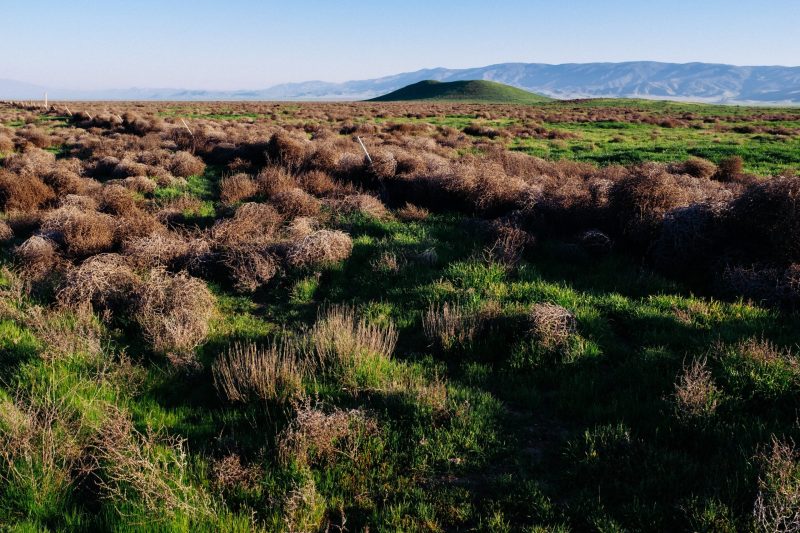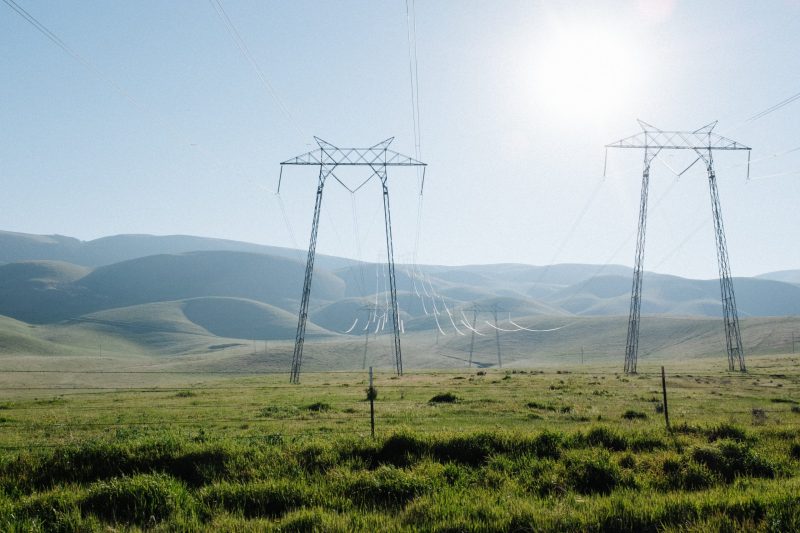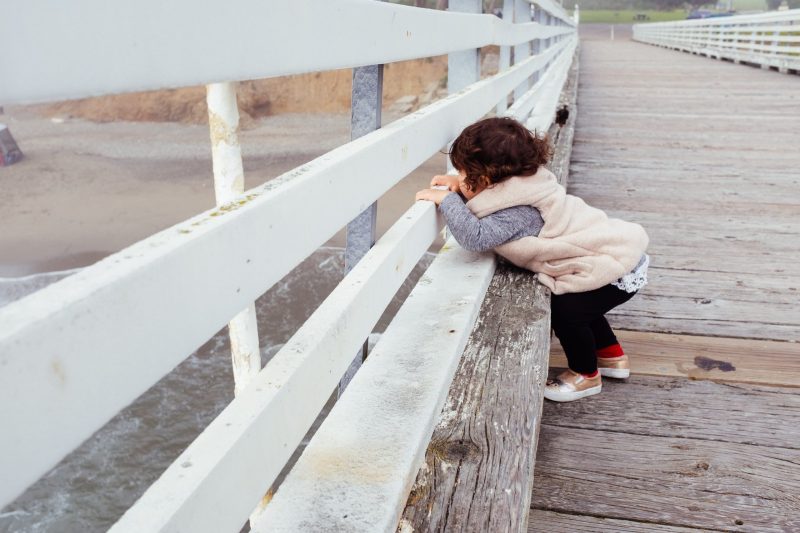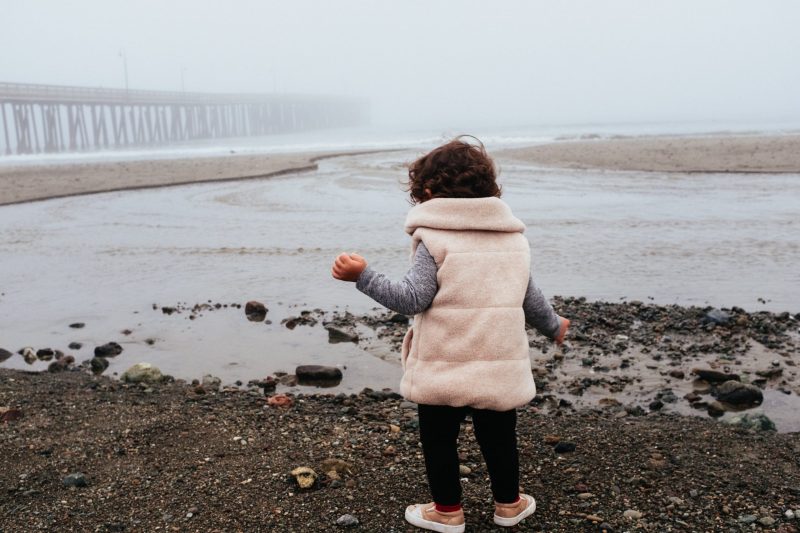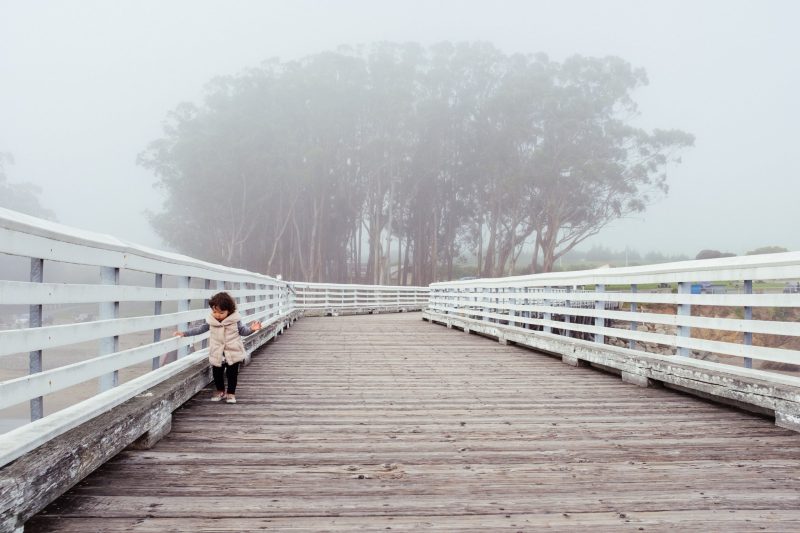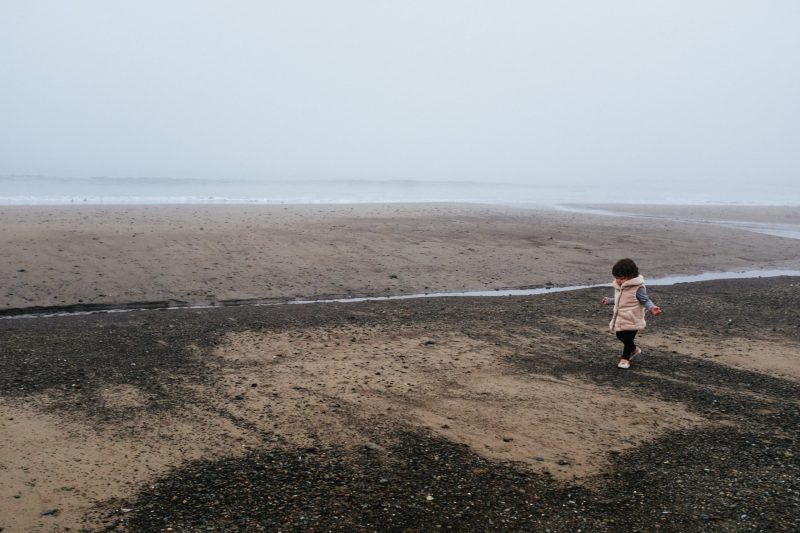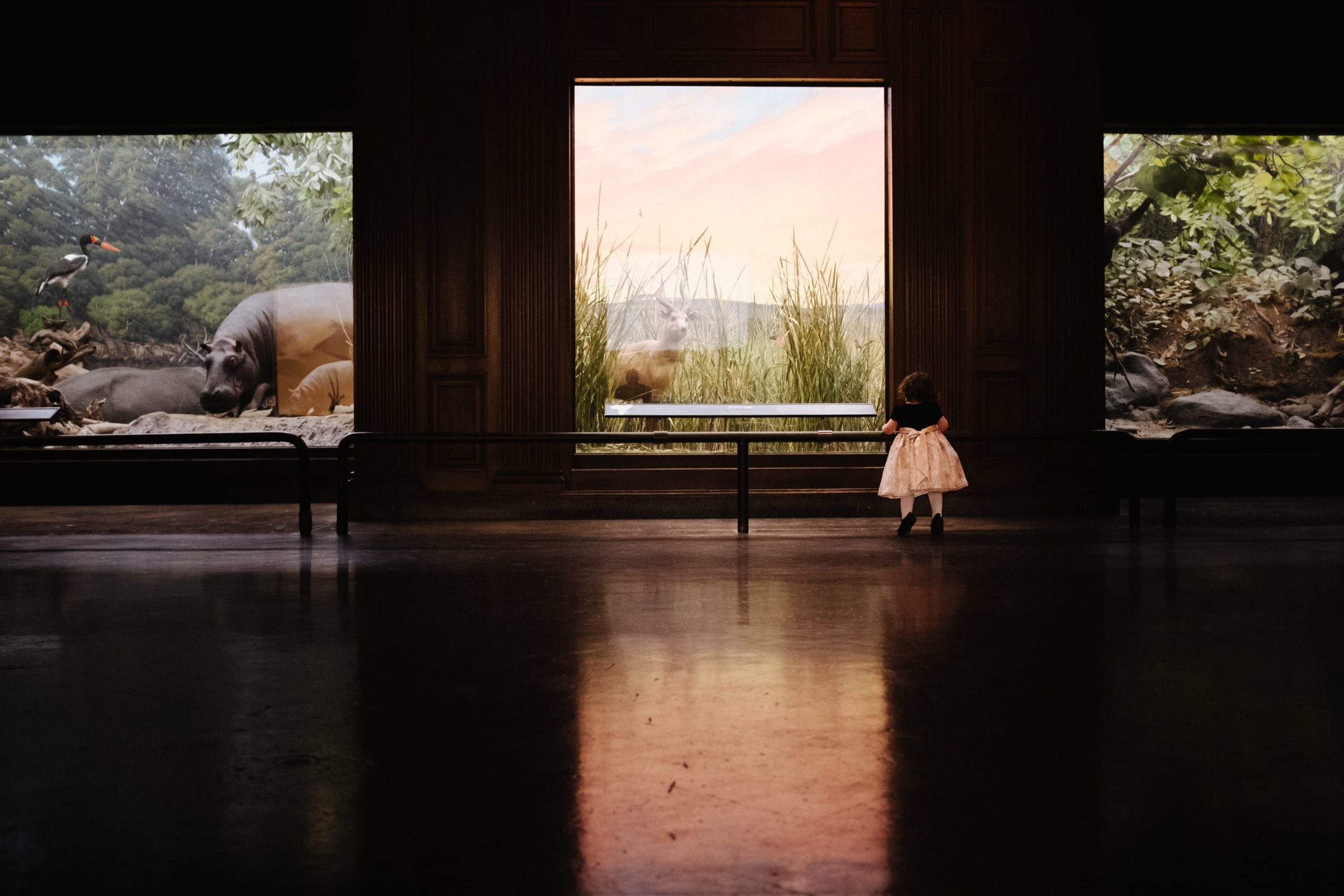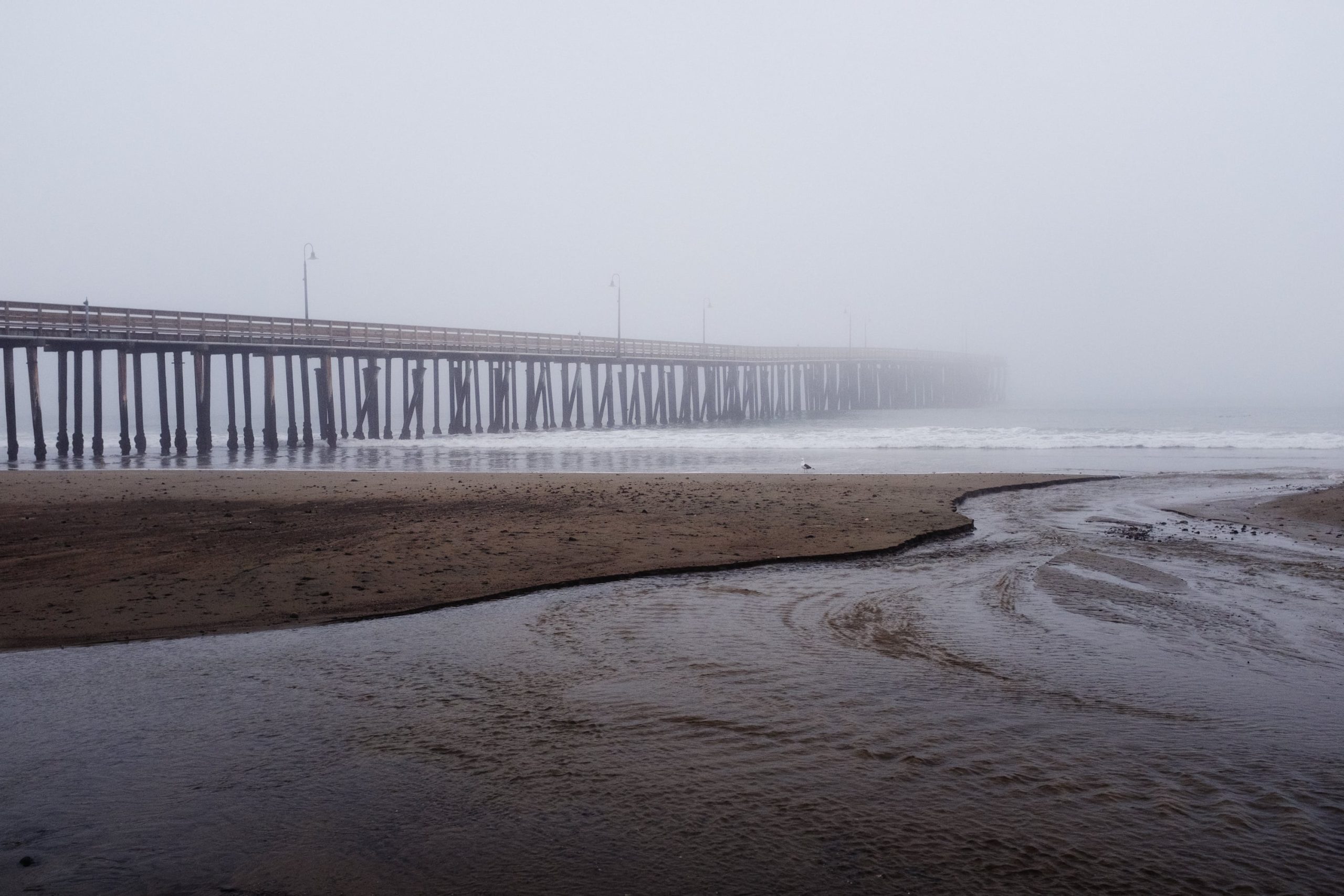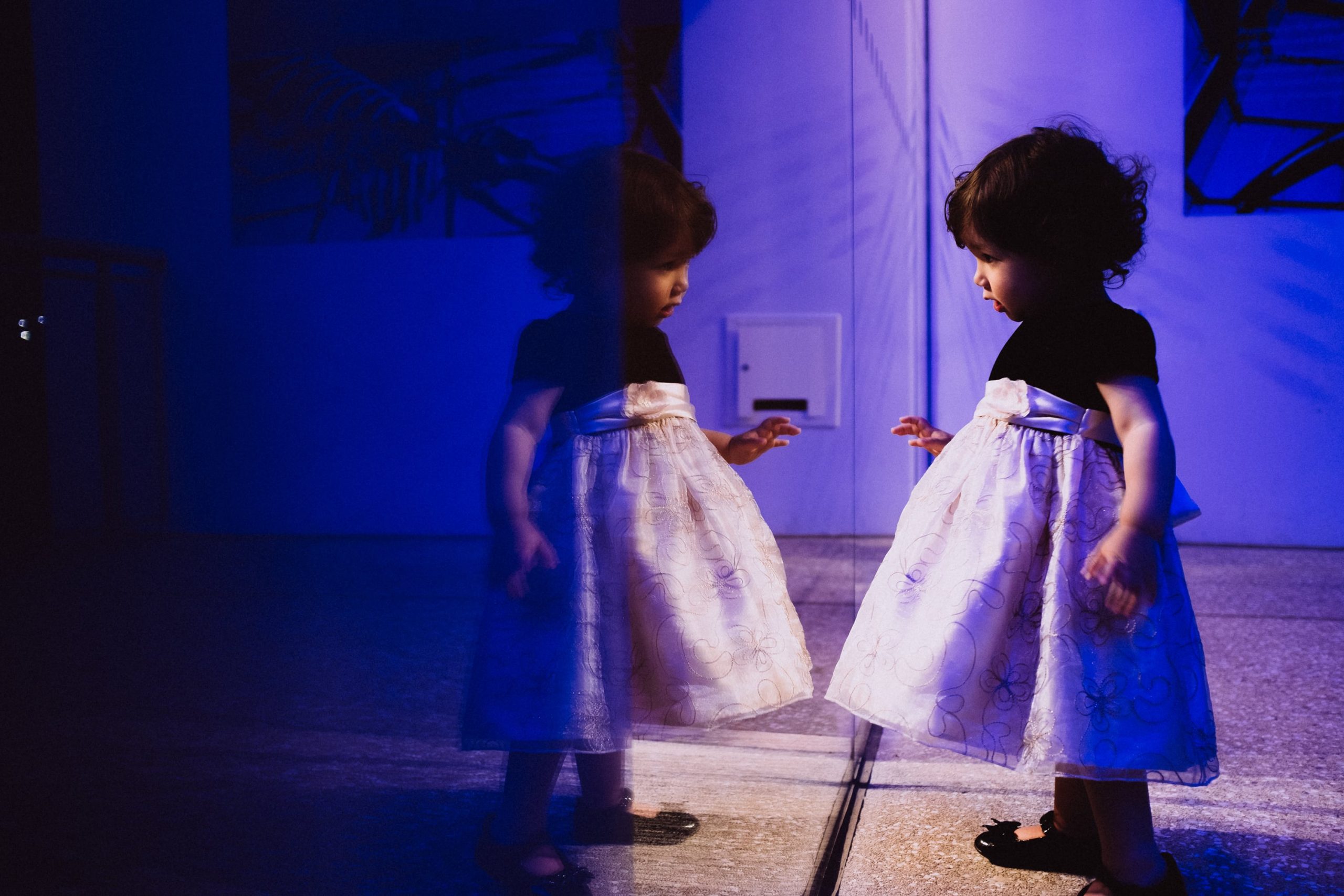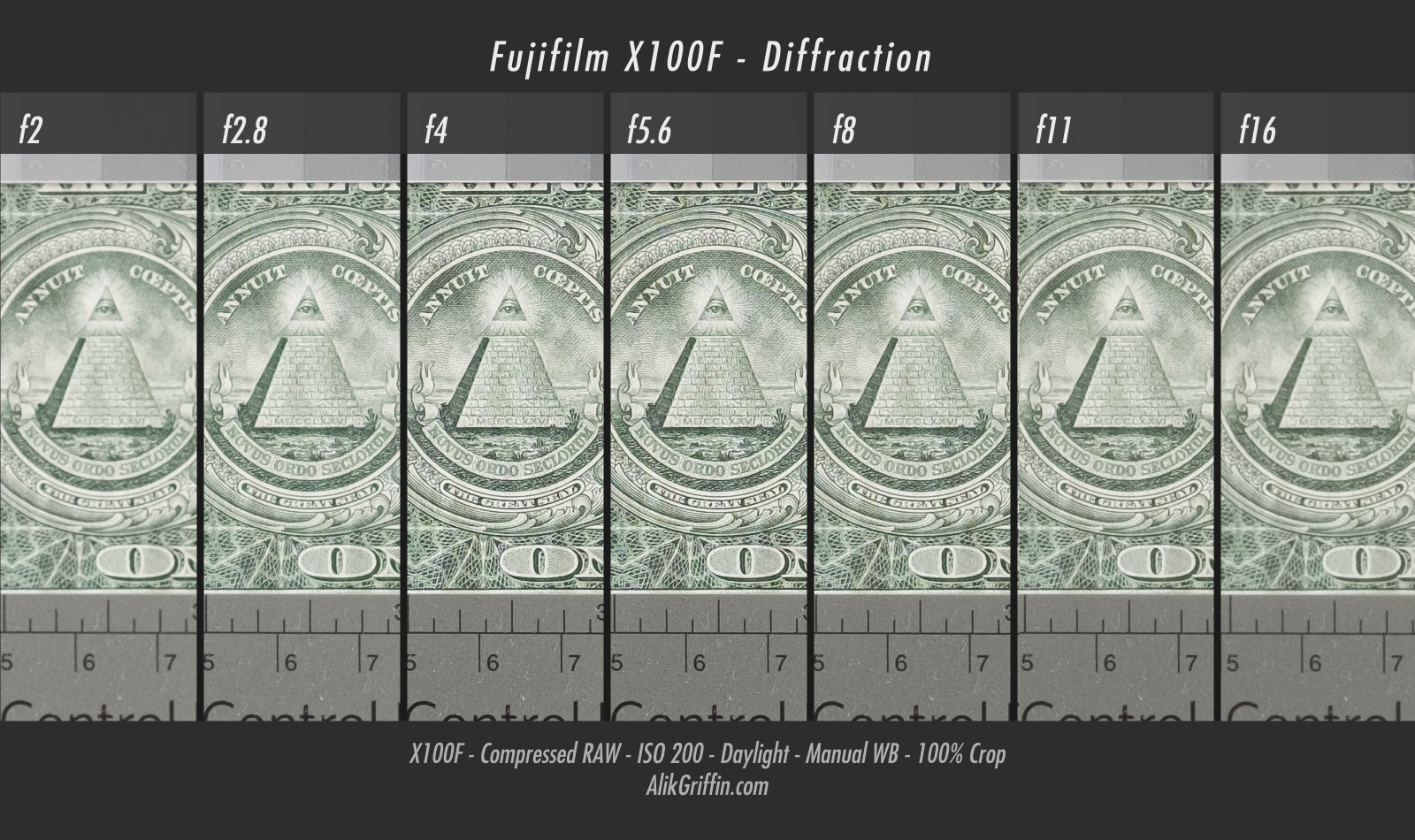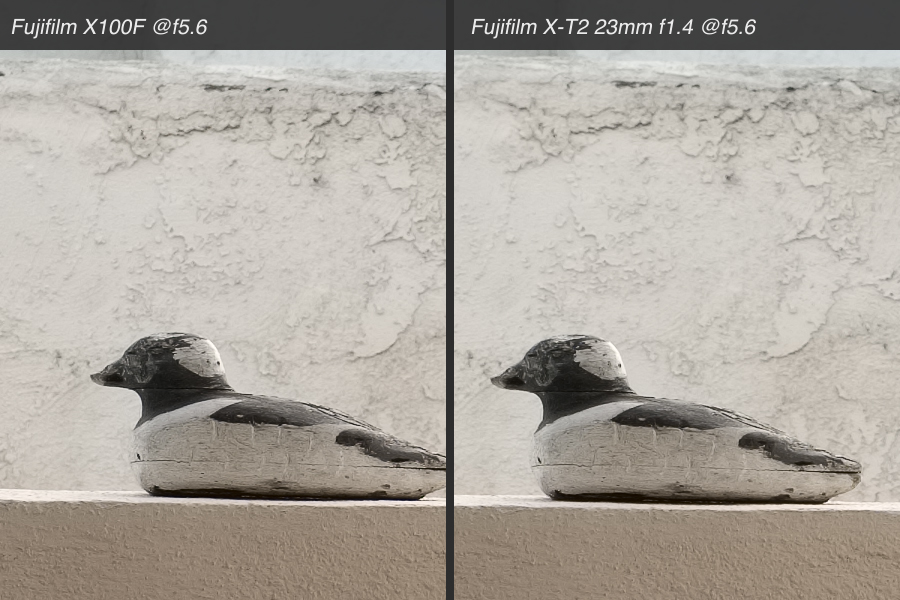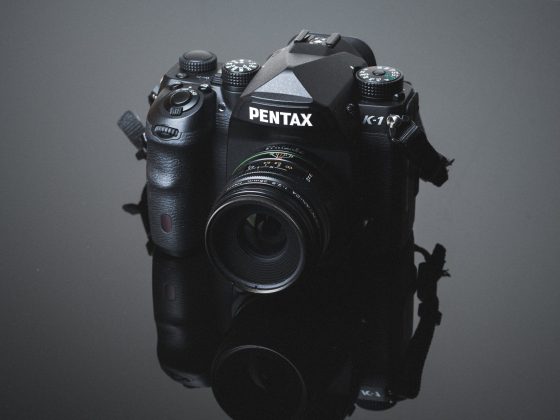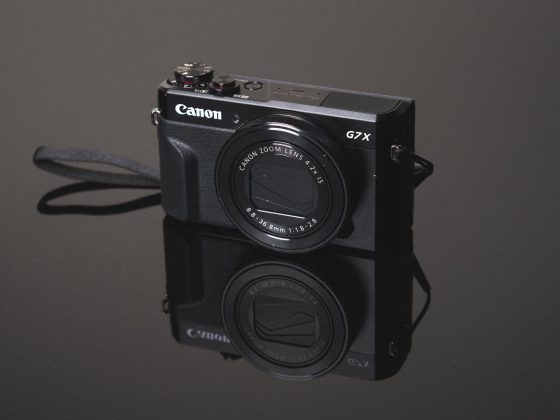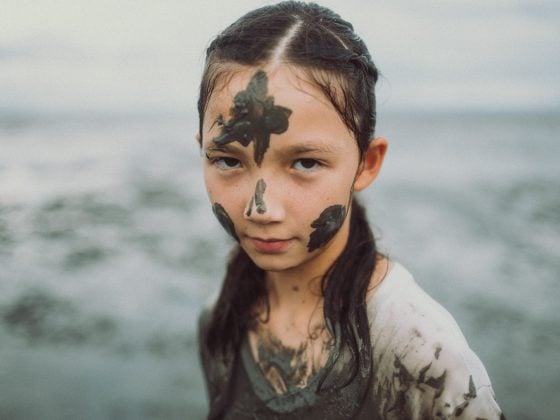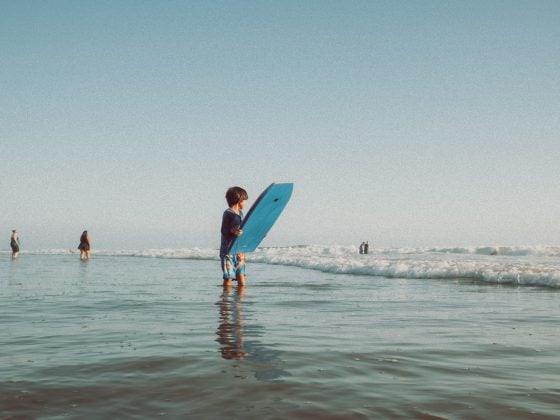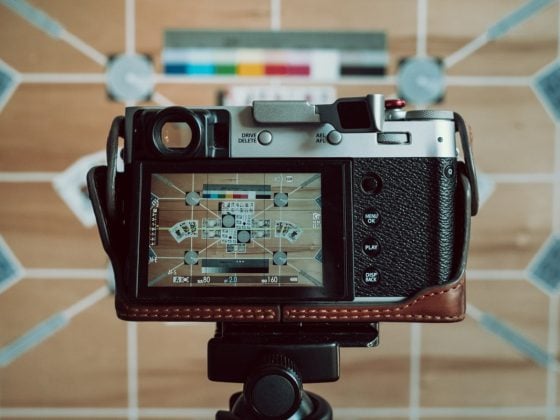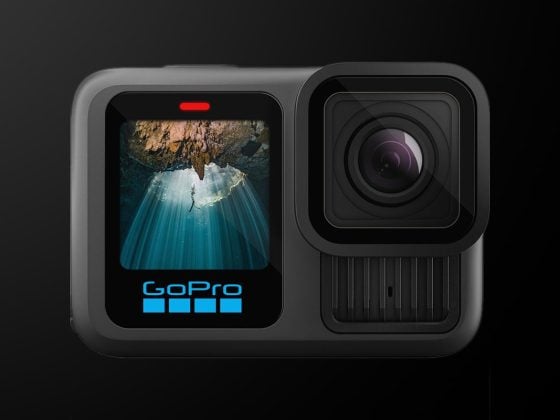The X100F is Fujifilm’s new masterpiece and the fourth addition to the famous x100 line of cameras. The X100F seems to have taken the biggest step forward of any of the X100 camera upgrades with a new 24MP sensor and a new battery for improved life and performance. Not only that, but the X100F is also an autofocusing beast.
It’s what I consider the most versatile fixed-lens camera money can buy, and it’s a street photographer’s dream come true.
Camera
Sensor: 24.3 X-Trans CMOS III
Processor: X-Processor Pro
Hybrid Optical / Electronic Viewfinder
3.0″ 1.04m Dot LCD Monitor
Electronic Shutter & Built-In ND Filter
91-Point AF with 49 Phase-Detect Points
No 4k Video
Lens
Lens: 23mm f2 (35mm Equiv)
9-Blade Aperture
8 Elements in 6 Groups
1 Aspherical
See all the Best Fujifilm X100F Accessories.
Find the best Fujifilm X100F Memory Cards.
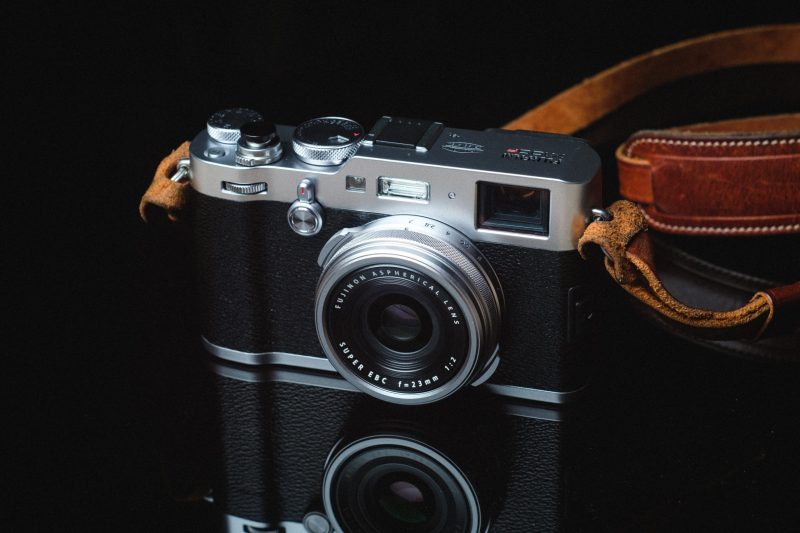
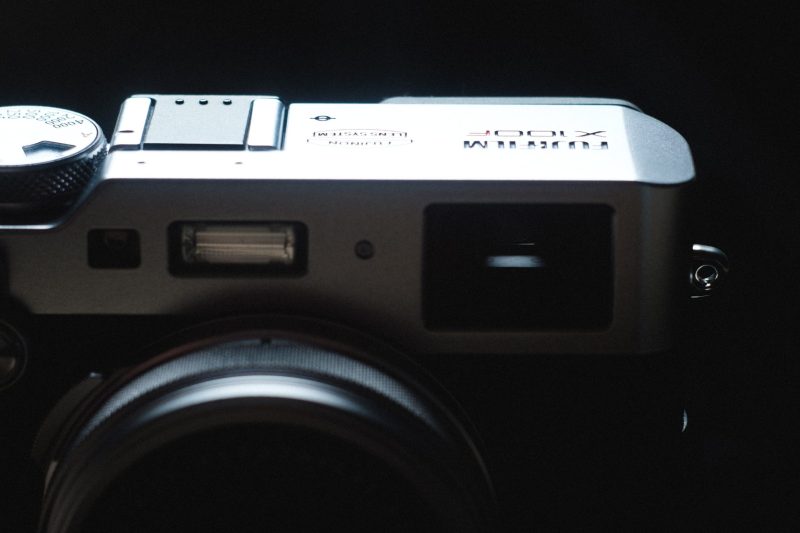
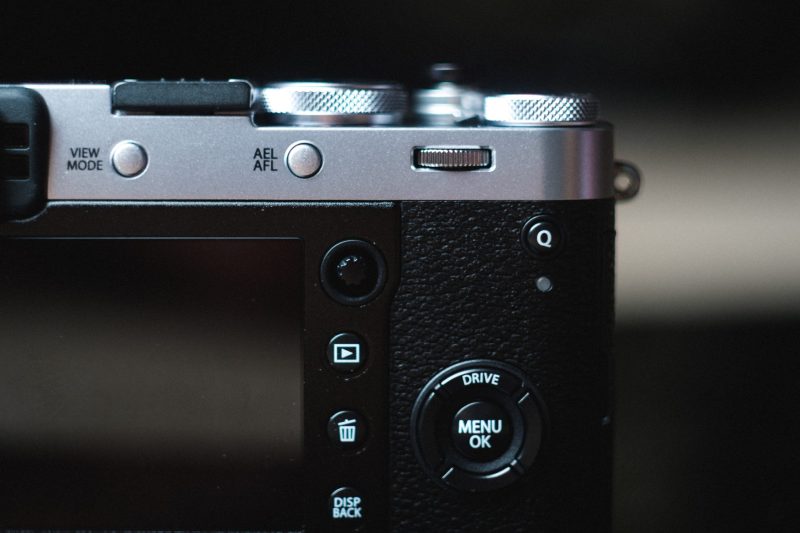
Here are my first impressions.
Fujifilm X100F First Impressions

I went with the silver body this time instead of the black. I had a black x100T and a black X-T2 and a black X-Pro 2, so it was time to mix it up. It seems the silver is a different color than the X100T in silver, it’s more shiny whereas the old models seem to be a bit more matte.

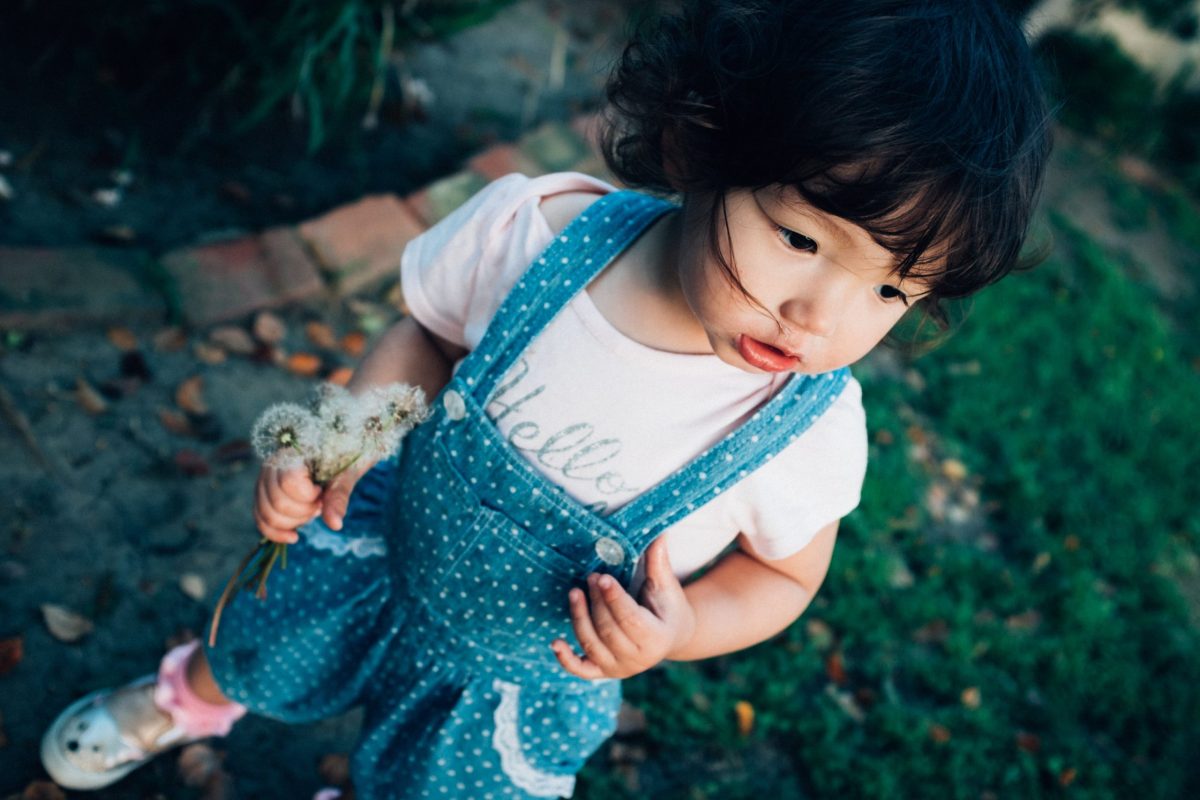
X100F New Features
New Battery, Design & Heavier
I immediately noticed that the camera is heavier, but I think this is because of the larger X-T2-style battery.
They’ve also reconfigured all the buttons and switches. The X100F shares the same ISO shutter dial as the X-Pro 2. A lot of people didn’t like this at first, but I assure you once you get used to it, it becomes second nature.
They’ve also eliminated the chatter coming from the lens caused by the constant seeking or opening and closing of the iris. I imagine we’ll see some firmware soon because I’m already getting some crazy bugs, like the focus motor screaming at me I turned the camera mid-focus.
New Focus Joystick
The new joystick to adjust the focus point is nice and the rear wheel to check focus is very handy. There are a bunch of other new features and buttons that I’ll get into, but honestly, I don’t use most of that stuff. I keep my camera and my settings pretty simple.
New Sensor And Processor
I think the biggest improvement is the new sensor. 24MP, but more megapixels is a blessing and a curse. A curse in that the files are much bigger, and with the ability to set uncompressed RAW, you’ll find yourself eating through smaller SD cards much quicker. But they are a blessing for the obvious reasons, way more resolution. I like to crop! – You can always just shoot compressed or JPEG.
All around the camera feels a bit more sleek, almost as though it’s taking some influence from the way Leica designs their cameras. I really like the new look and feel of the X100T.
They’ve also added the Acros film simulator and the grain control.
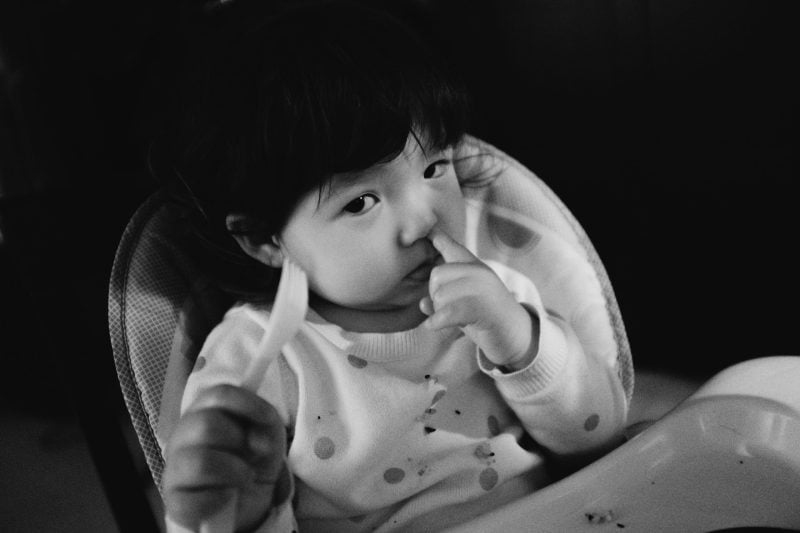

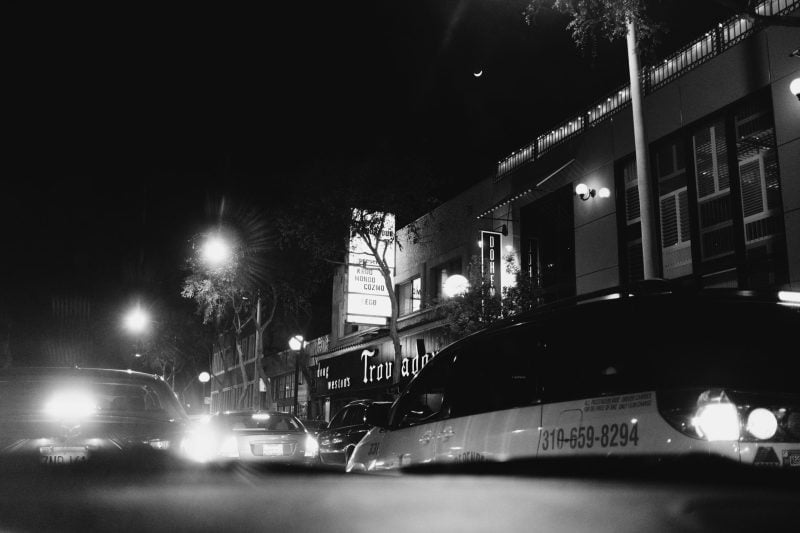
What’s The Same

This is the X100F not and X200 (F meaning Fourth). So, the camera still shares the same overall design philosophy as the three previous models, and Fujifilm has done a wonderful job of building on what’s already there.
This means using the camera won’t feel foreign to X100 shooters. It still has the EVF / OVF with the switch to toggle them. Except now they’ve added the button on that switch to be a programmable function button.
The lens is the same, but honestly, the lens design can’t be improved; all they can do is change the coatings or tune the lens to exhibit different characteristics. They could make it bigger and faster or smaller and slower, but I think most people would agree it’s kind of perfect.
Things That Bug Me

I really love this camera and there aren’t many things that bug me, but there are a few pet peeves I have.
The OVF / EVF is hard to use with glasses.
When you’re wearing glasses, you can’t even come close to seeing the full image through the OVF or EVF. On most cameras, this is fine, and I’ll just flip up my glasses and look through the viewfinder without them. (I’m near so everything is usually fine). However, the lens on the OVF / EVF is set to a far distance, so those who are near-sided will still need to use their glasses. Even when switched to the EVF and adjusting the focus adjuster, I can’t get it to work with my prescription like I can on most cameras.
The memory card slot is in the bottom next to the battery
I just never like it when cameras do this. It makes it impossible to get the card out if the camera is ever on a tripod. But I mean, a lot of cameras do this so it’s pretty forgivable.
No dedicated Wifi button or video recording button
When you first get the camera, you’ll have to customize it out of the box. If you want to record video, you need to use the drive button and change it to video mode, so you can’t set it to a Fn button like you could with the X100T. Also, if you want to easily use the WiFi, you’ll have to do the same or set it in your custom menu.
You can’t use a UV filter without an adapter.
You actually could take a UV filter and screw it on upside down to the lens, but this will mess with the lens’s ability to focus for some reason. So, you have to get an adapter that adds a lot of size to the lens.
The camera is beautiful without the UV filter adapter, but I’m just too afraid to mess up a fixed lens so I can’t live without a UV filter. I think a lot of people would be ok with a slightly not-so-sleek design to compensate for a UV filter without an adapter.

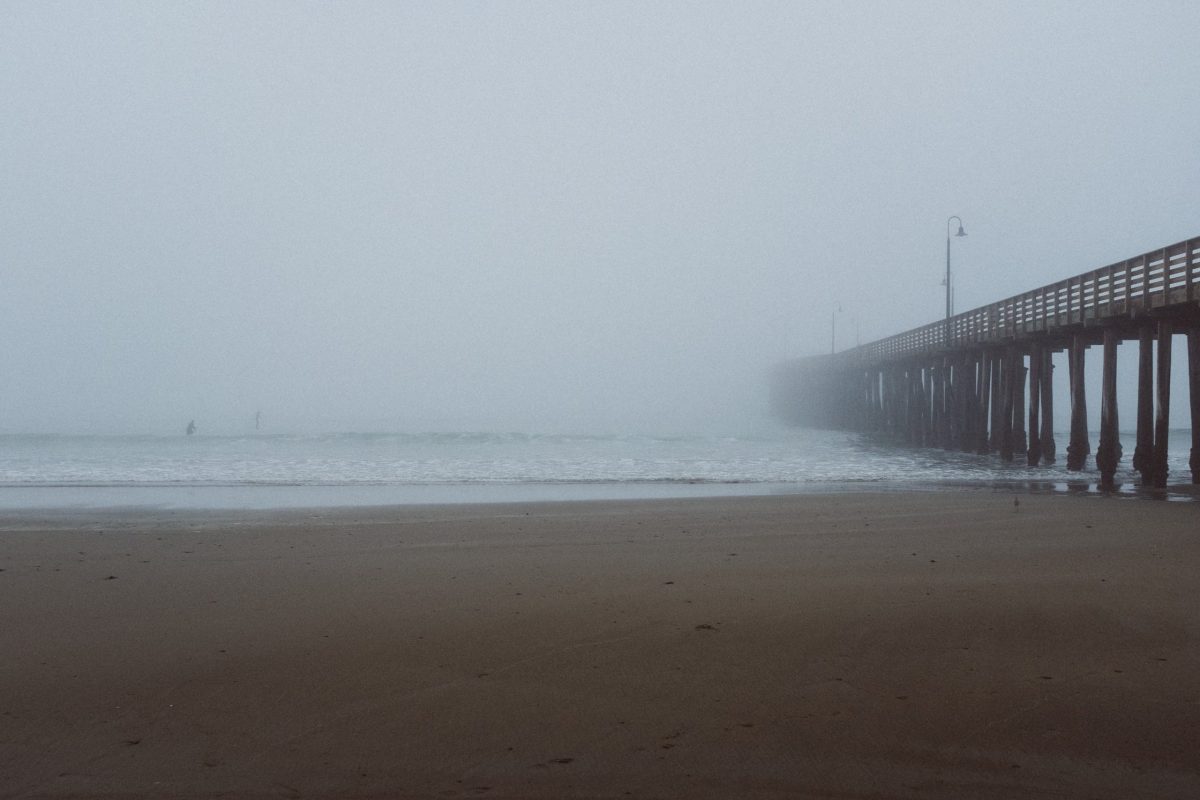
Fujifilm X100F Details
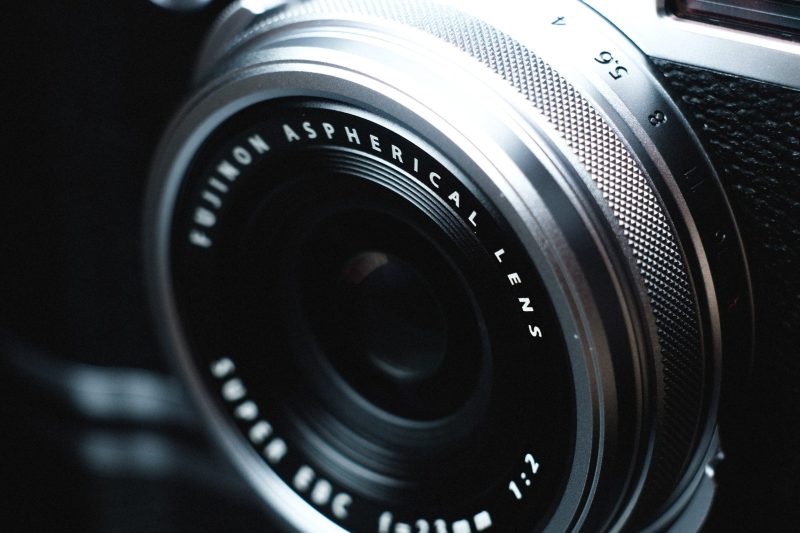
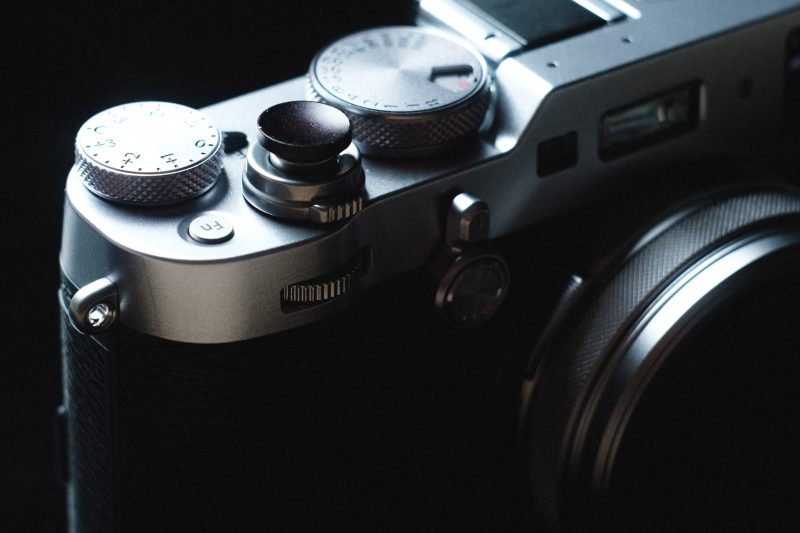
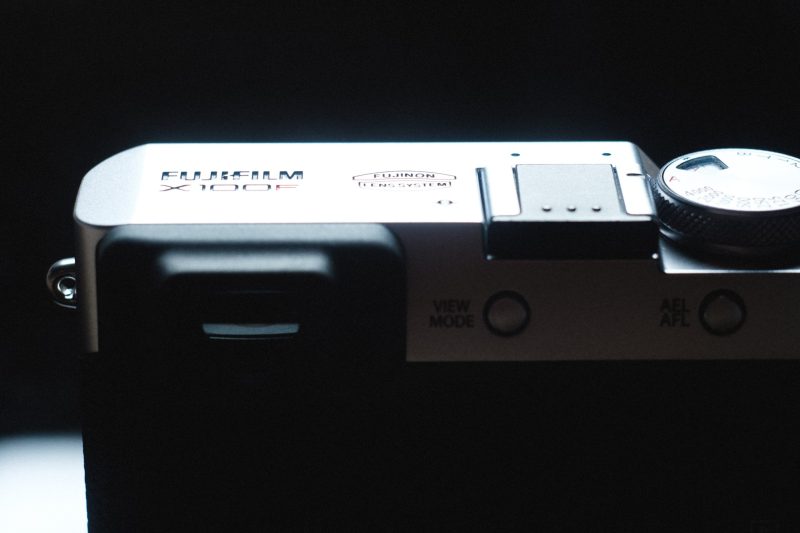
A lot of what I’ve covered in the X100T review remains the same, but they have updated how some of the function buttons and menu buttons work.
What Makes The X100F So Special | Useful Tips
The X100F is so different from any other camera because of its unique features that you don’t really find anywhere else.
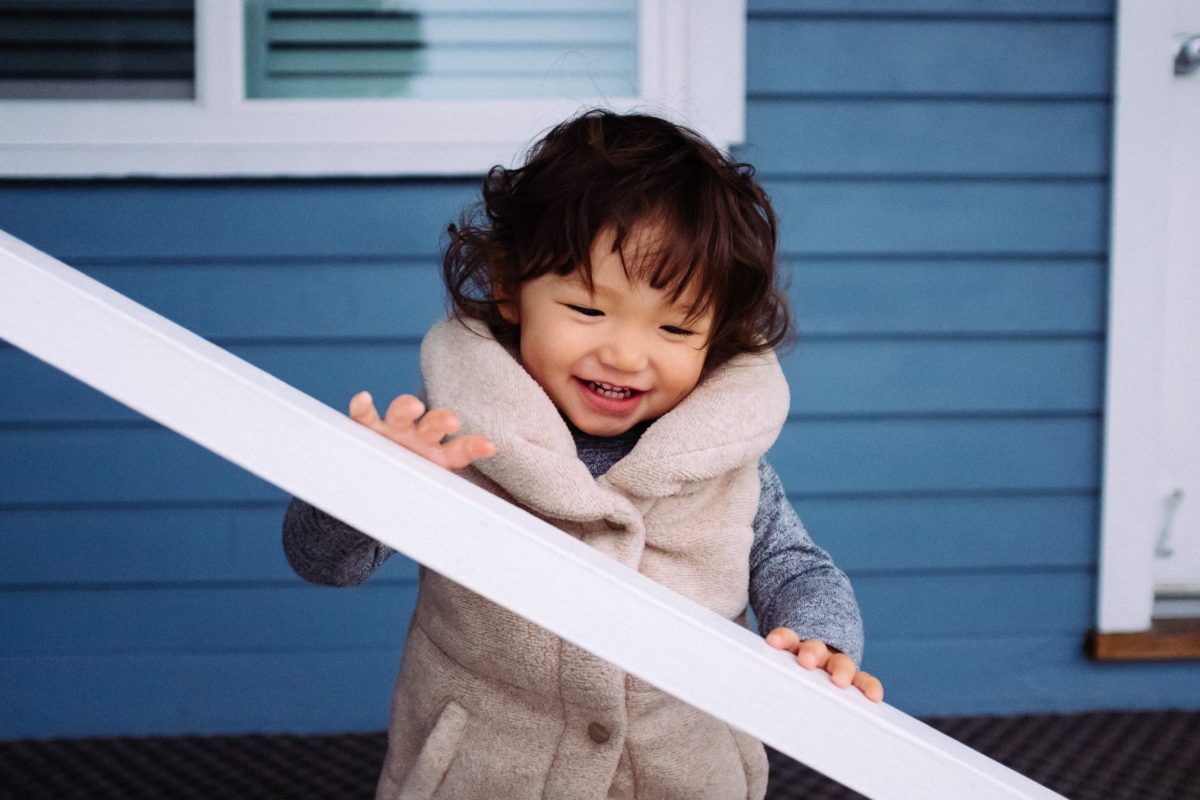
Macro Lens
Out of the box the lens will shoot macro. Maybe as close as 2-3 inches from the lens. It’s pretty fun, but there are a few things to consider.
First off, Fujifilm got rid of the macro on/off toggle. It somehow now just knows when you’re shooting something close. The problem is, the autofocus seems to be limited to about five inches. If you want to go closer, you need to manually focus.

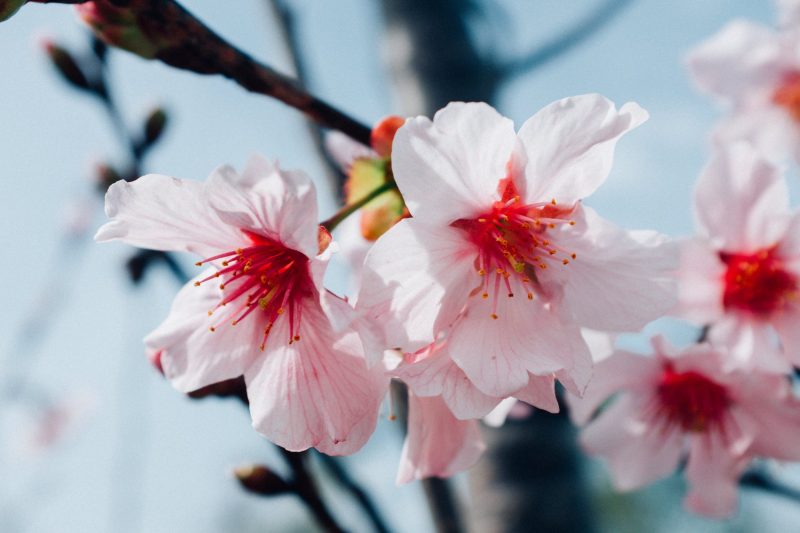
Also, when close focusing you’ll need to stop down to get very sharp images. This is not the camera’s fault but a limitation of physics. It’s a form of spherical aberration and you need to be at about f4 when shooting macro to get sharp detail. F2 can be sharp but not until about 4-5 feet.
You can see the effects of f2 at a macro distance in this next photo. It’s really not the end of the world, but if you’re wondering why you’re photos of your kids are soft, that’s why. Step back, or stop down.
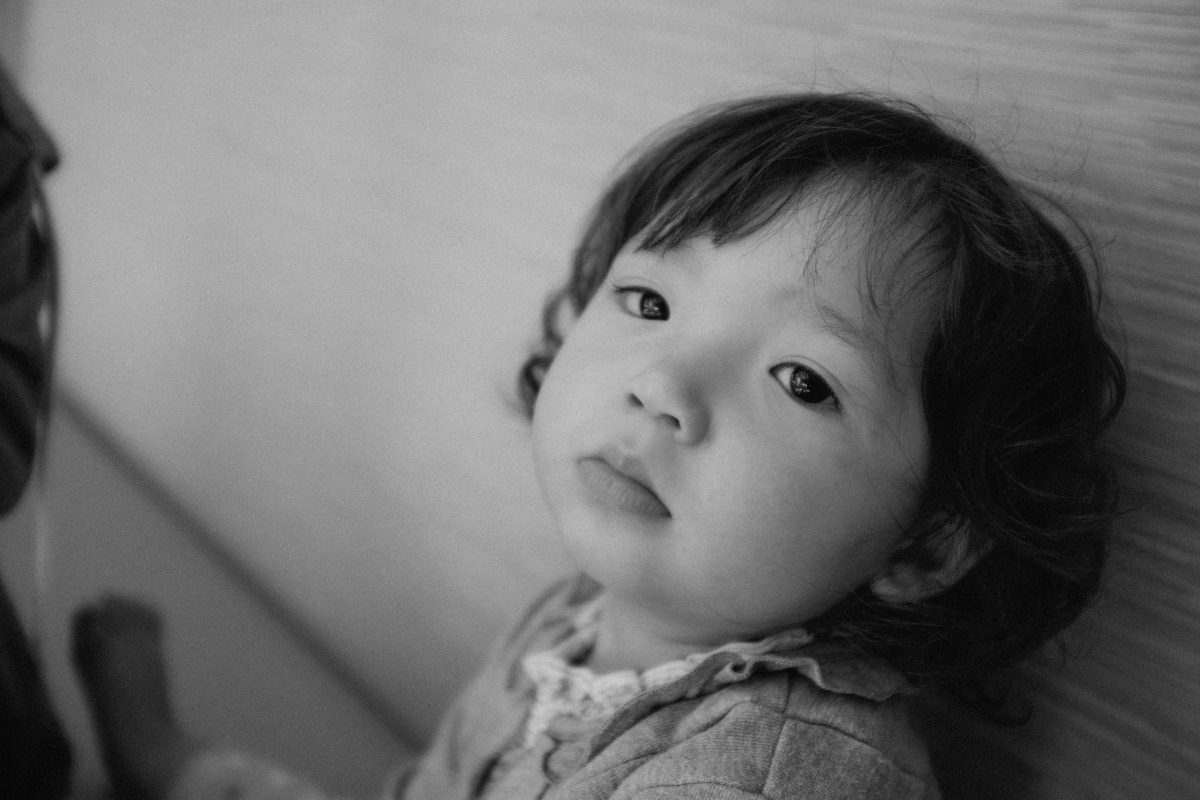
Build-In ND Filter + Leaf Shutter
The camera has a built-in leaf shutter so you can get some insane flash sync speeds. Combine that with the built-in 3-stop ND filter, and you can do some pretty fun stuff outdoors.
Combining the ND with the fast sync speeds means you can shoot portraits outside at f2 and sync to a flash at 1/1000 shutter in mid day for a nice fill.
What I like to do is set the sun as the backlight and use the flash to fill in the shadows.
My formula goes something like this. Mechanical shutter 1/1000, f2, ISO auto or 200. Flash Compensation is somewhere around -1 – 0 depending on how close or far you want to get. But of course, those numbers change for each situation.
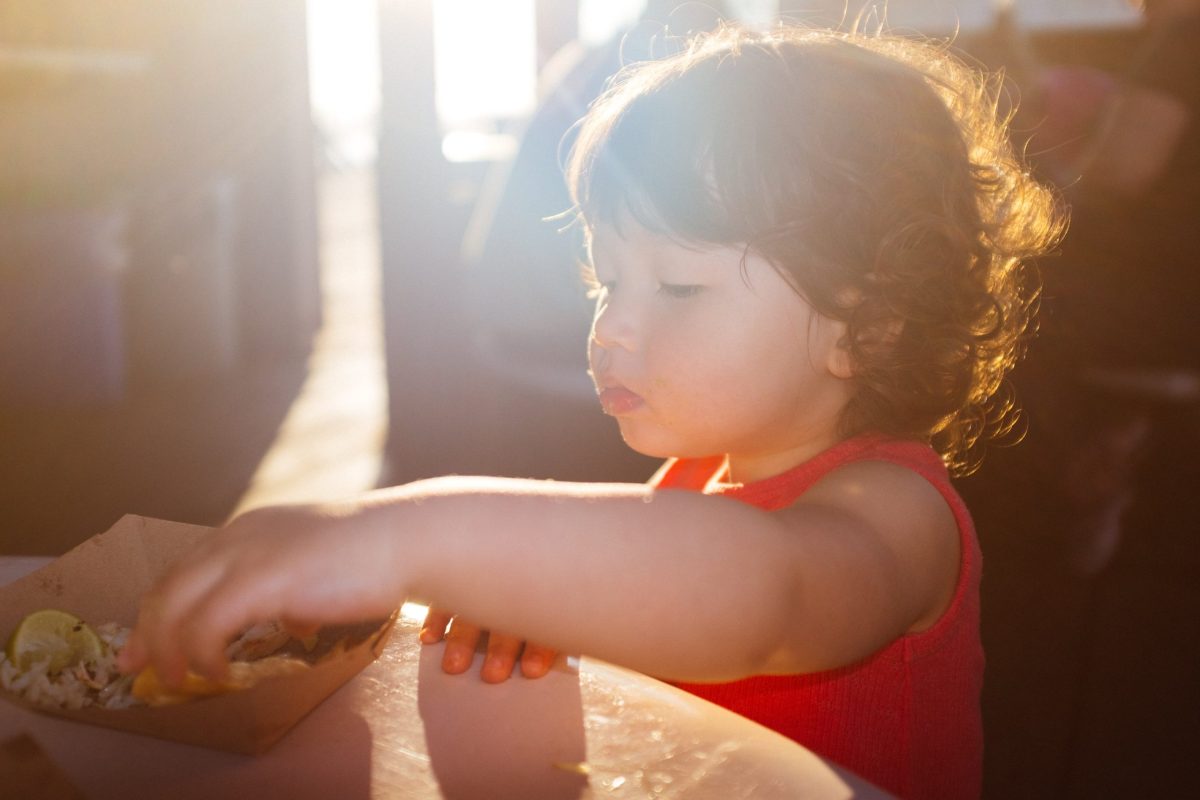
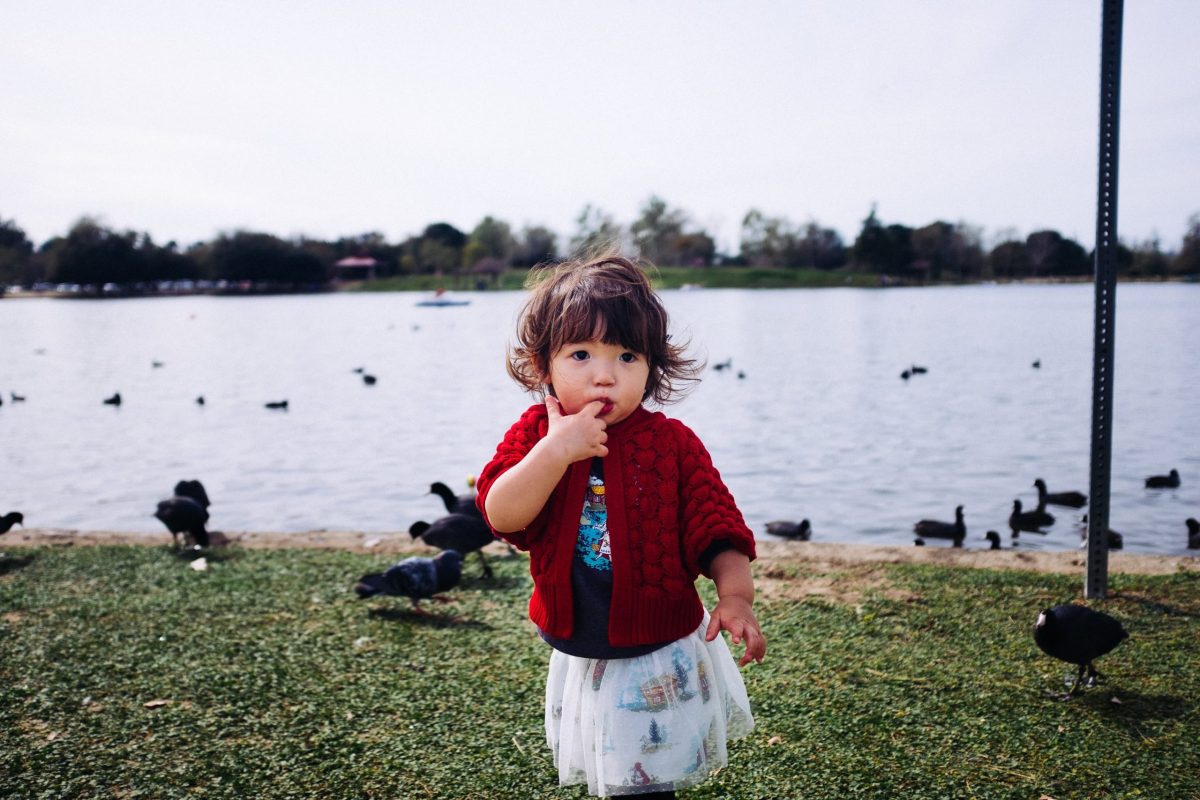
Just The ND Filter
Of course, you don’t need to use these two features together. Just the ND filter is a nice addition to keep you from using the electronic shutter in bright mid-day sun.
If you set the shutter to M+E. The mechanical shutter is only so fast, and once the exposure gets out of the range of the M shutter, it switches to the electronic shutter. But when shooting with super fast shutter speeds of the E shutter, it does a few things
- increases the rolling shutter effect
- causes fluorescent lights to band
- high shutter speeds seem to create some harsher contrast
So using the ND to keep the camera using the mechanical shutter at moderate speeds is a very handy feature for optimizing image quality and camera performance.

Just The Flash
If you’re not using the flash for fill light, you can also turn it way down to just create a little sparkle in the eyes. This is something I always forget to do but it’s very nice in the right environment.
Mind you, it’s not the best sparkle, but it’s better than nothing and will get larger the closer you are. This shot was taken far back, and I cropped in heavily to show the effect.
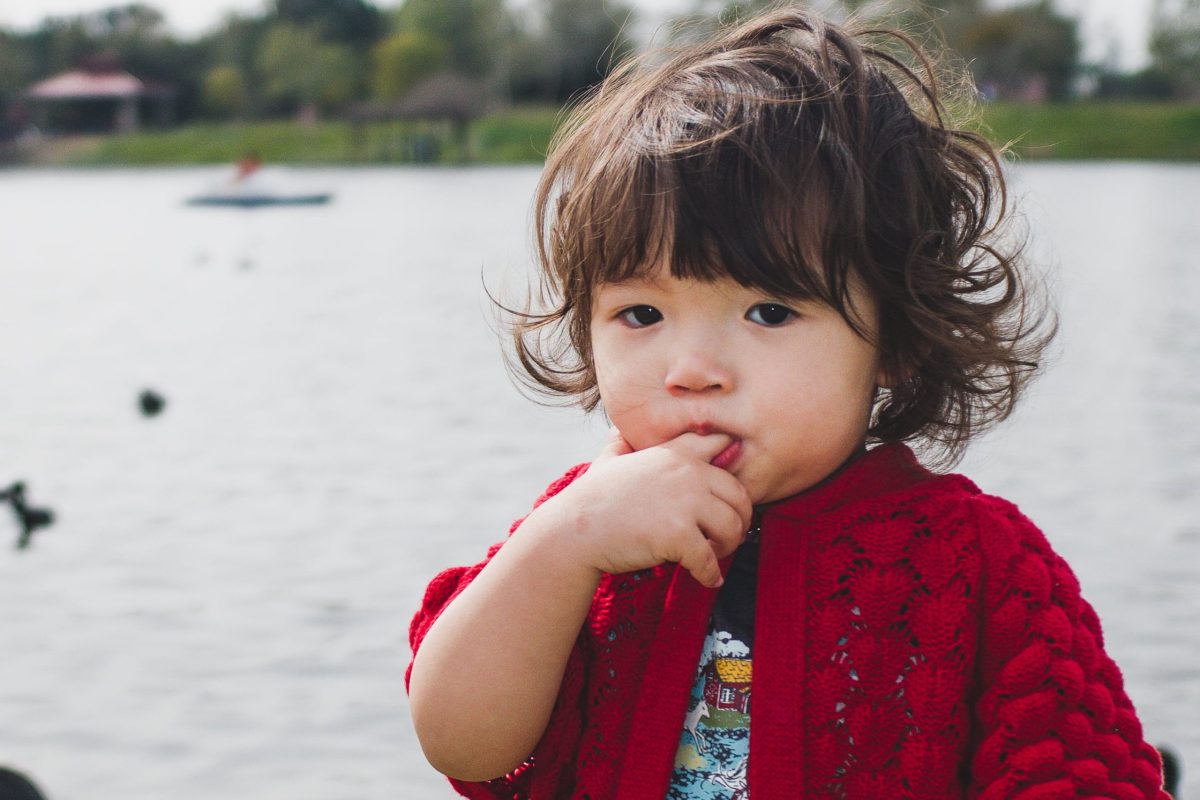
The Pancake Lens
The lens is actually really nice. It’s not the best 23mm f2 lens you’ll use or see, but for the size, we see some nice performance with the main flaw being the soft corners.
There aren’t really any issues with swirling or chunky bokeh. Everything is pretty uniform and smooth.
Flaring is fairly controlled, but when it does flare, it won’t give you any cool lens flare effects that you’ll actually want to use.
In terms of sharpness, it’s not to shabby, in fact, it’s great for such a small package. I sometimes get some shots that just blow my mind.
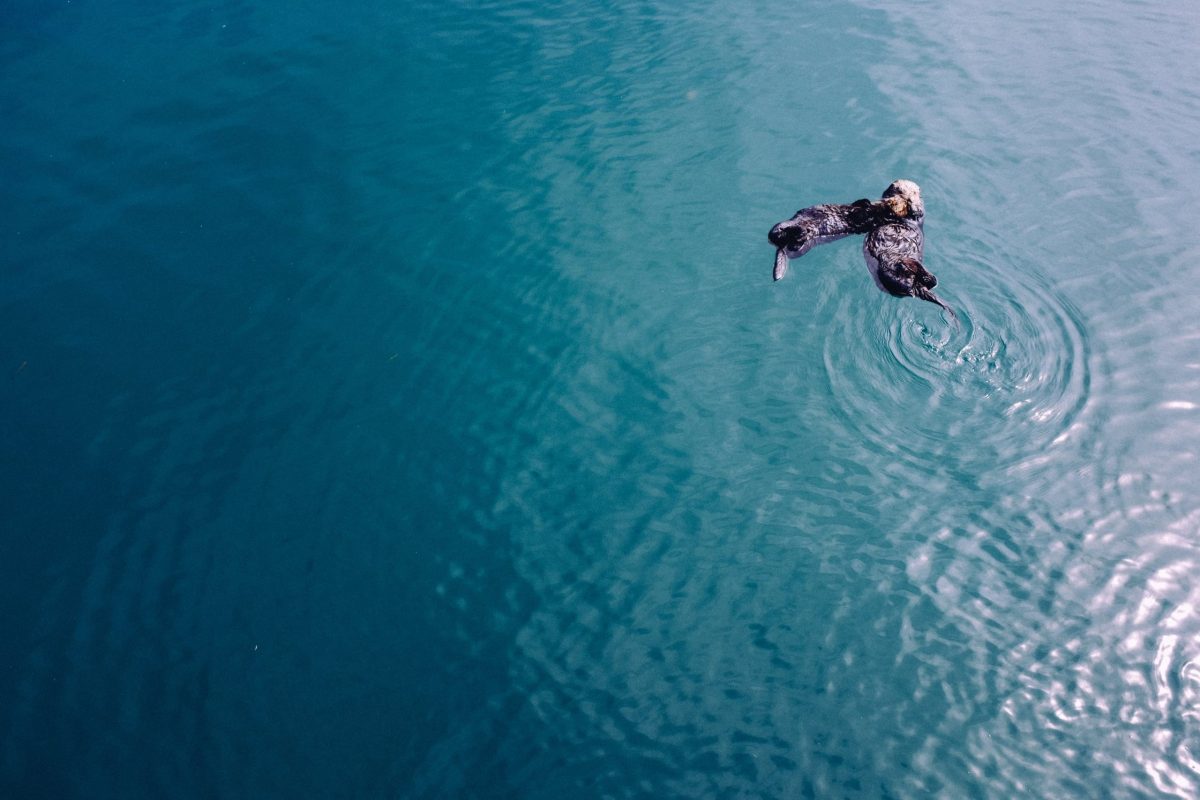
Technical Overview
Sharpness Chart
Sharpness is great in the center but drops off slightly towards the edges and even more at the corners. This was shot at f5.6 at about 4-5 feet from the wall.
I used Adobe Lightroom to convert the Compressed RAW.

Flaring & Ghosting
Like with pretty much all of Fujifilm’s modern lenses, flaring and ghosting are very well controlled, and you’ll actually find it difficult to get the lens to flare out on you. Here are a few samples of the most extreme situations of flaring while using a B+W Nano Multi-Coated UV filter. If you use a UV filter, I recommend the B+W Nano Multi Coated filter for maximum quality.

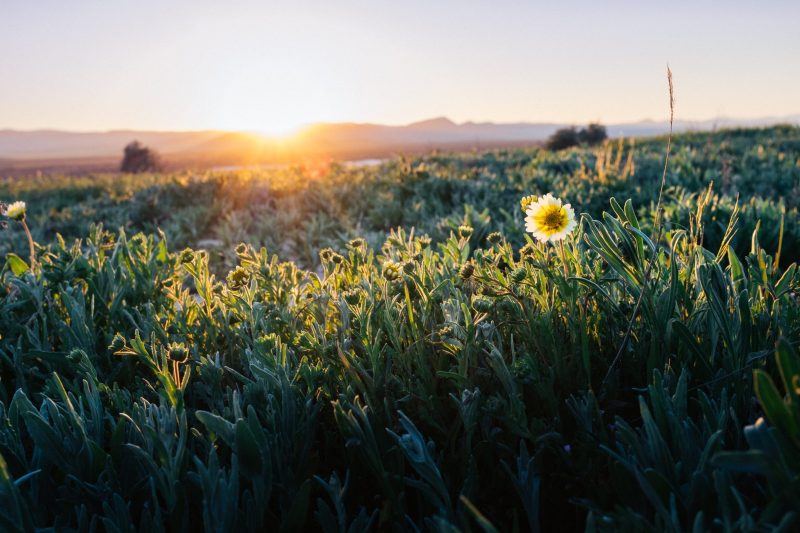

Auto Focus
Autofocus has improved over the previous model. We now have the option for 325 focus points, and AF-C works a lot better.
You could actually leave the camera in AF-C permanently, and it will function fine in most situations, although autofocus, in general, does miss a lot in low light (ISO 2000+), so some patience is required.
Diffraction
Diffraction is a phenomenon that affects the image quality depending on where you set your aperture. The more closed down you get the softer the image becomes. This effect is exaggerated when you increase the megapixel count since the size of the photodiode sites is smaller. So diffraction on the X100F with the higher megapixel sensor will be more extreme than on the X100T.
On the other side, spherical aberrations tend to affect sharpness depending on how wide open you are and also how close the camera is to the subject.
When you combine the negative effects of diffraction with the negative effects of spherical aberrations, you end up finding a lens’s sweet spot. It’s usually f5.6.
Notice the image is soft at f2-f4. This is because I am only about three feet away from the chart. When shooting wide open the image can get sharper, but I would have to move back to at least 5-6 feet. If you want sharp images close up, you need to shoot f5.6. But f5.6 will yield the best results all around.
For shooting landscapes where you want as much depth as possible, you probably don’t want to shoot much higher than f11.
Distortion & Vignetting
As you can see above in the sharpness chart, distortion isn’t an issue since the camera corrects for it automatically and bakes that data into the RAW.
Even with the baked-in lens correction, we still get some vignetting, which isn’t totally clear until about f8.
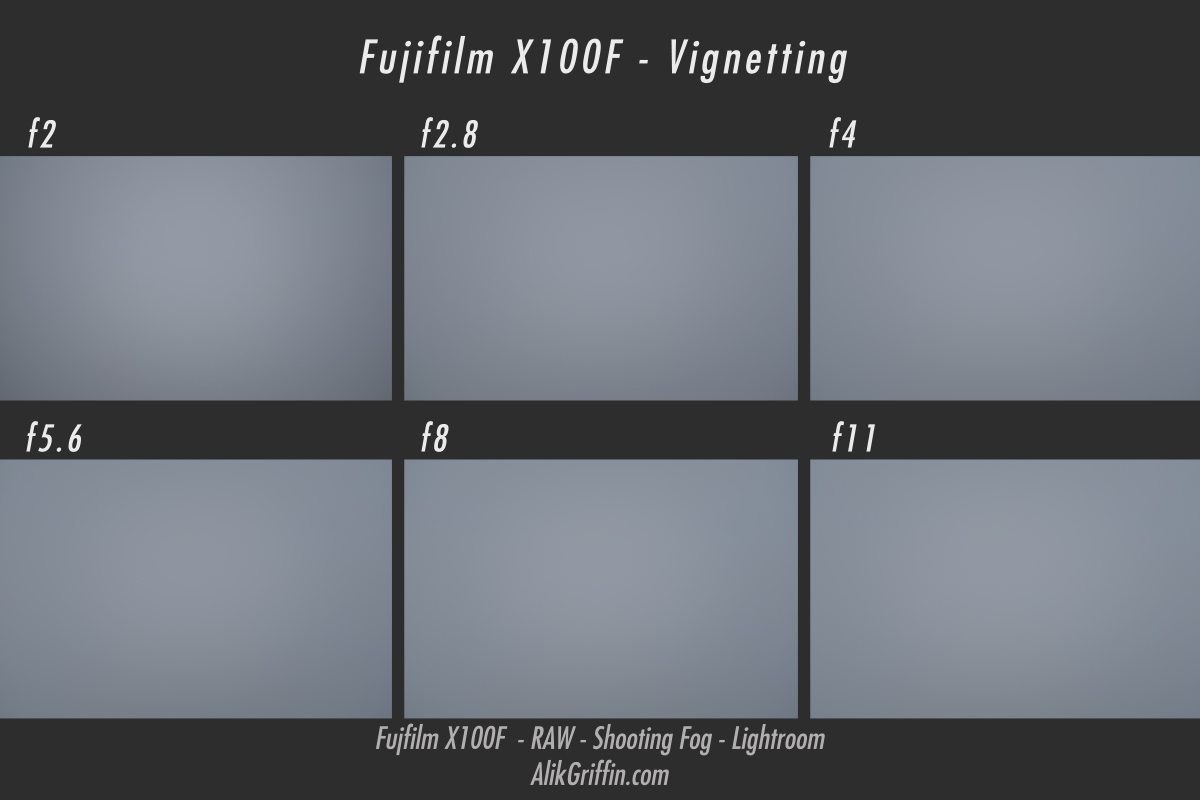
X100F vs the X-T2 23mm f1.4
There has been some crazy discussion about the X100F sensor not being as good as the X-T2 because of a bogus test that favored the X-T2. This was probably unintentional since testing stuff with laser precision is hard.
There is also something that is often overlooked by people reviewing cameras that unfortunately influences the community into having a false opinion. That something has to do with lens characteristics.
If I tested every lens on a chart at 3-5 feet away and compared them based on that chart, you would be getting an inaccurate representation to what each lens is truly capable of. Why?
Because some lenses are better at close focus and some lenses are better at infinity focus.
The Fujifilm X100F has a pancake lens that excels at farther distances or infinity focus. Up close it doesn’t do as well as many other lenses, like the XF23mm f1.4. The X100F just doesn’t handle spherical aberrations very well, which affects close-distance sharpness.
You can see this here in this quick test vs the Fujifilm X-T2 and the 23mm f1.4 lens.
If you test these lenses up close, say 3-4 feet, the X-T2 23mm f1.4 should give better results. But at infinity focus, as you can see here. the X100F produces much nicer center sharpness.
I went through several images with the X-T2 and this is as sharp as I could get it, it’s possible the X-T2 image could be softer because of the shutter slap but who knows, it’s hard to precisely manually focus these fly-by-wire lenses.
Note: I personally think the 23mm f1.4 is not a great lens because it’s prone to problems. But I also think could be due to Fujifilm’s quality control, which sucks. This is my second XF23mm f1.4.
I’ve also seen X100Ts with some serious lens problems and have had too many problems with their cameras and lenses, like the shutter button on my X100F is now sticking.
Fujifilm X100F @ f5.6 vs the Fujifilm X-T2 23mm @f5.6 – ISO 200 – 100% crop.
Here is another sample at about 15 feet. It’s a lot easier to focus closer and the results are more similar.
Based on these results, you can see that the X100F is just as good as the XF23mm f1.4 and the X-T2 in the right situations and actually better in others. At least when comparing my copies.
Fujifilm X100F Review | Bottom Line
If you’re looking for a single camera that can do everything, then this might not be the camera for you. However, this camera can do just about everything, especially if you combine it with some of Fujifilm’s lens conversion kits to give you wider or more telephoto views.
Now, if you’re looking to get into photography for the art of photography, this is the best option. In fact, if I could only have one camera and lens combo for the rest of my life, this might just be it. I can’t think of any other camera out there that makes me as happy as the X100F – and I own a lot of cameras.
If you like this review, please share! – Thanks for stopping by!
Fujifilm X100F Sample Images
